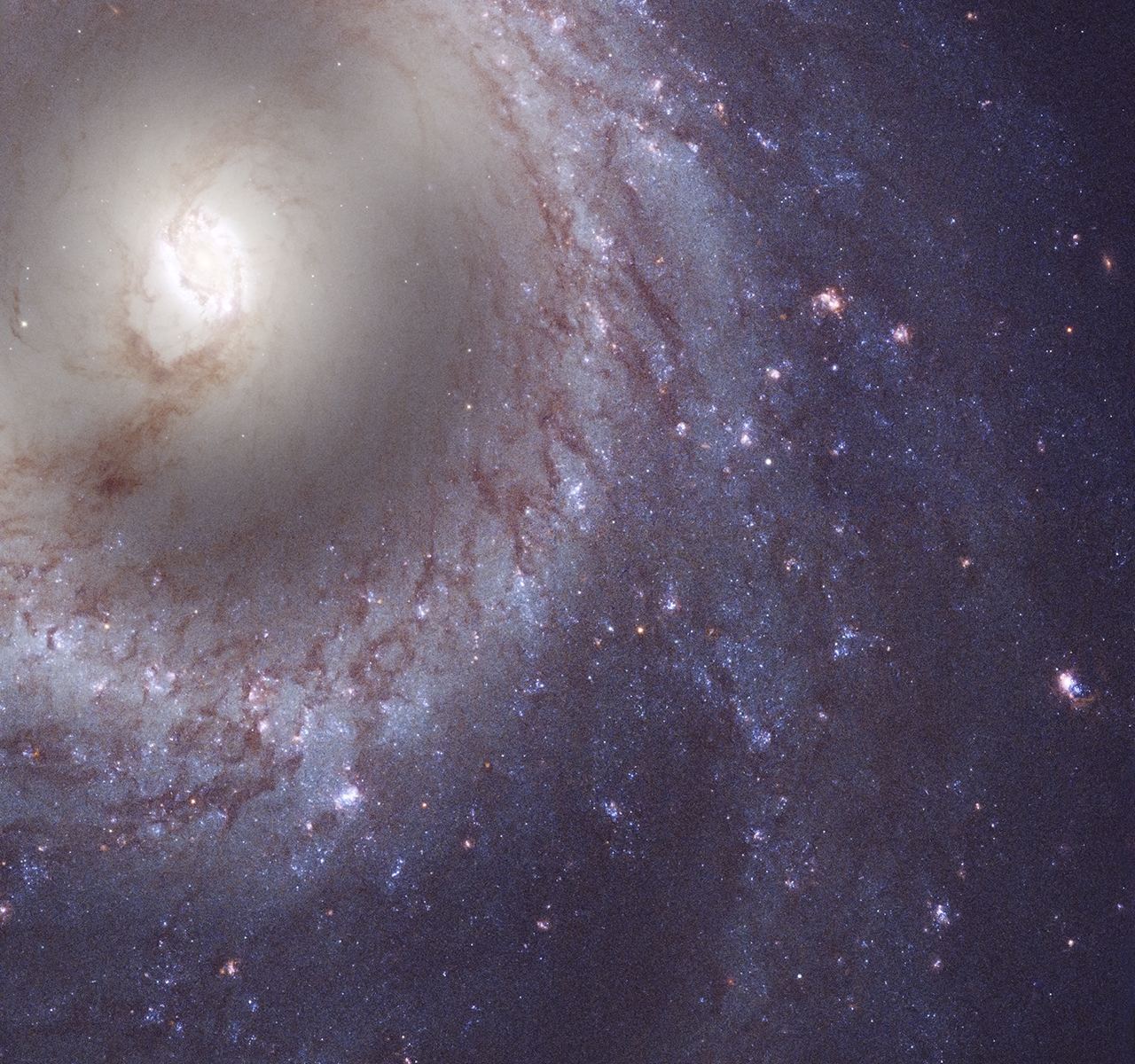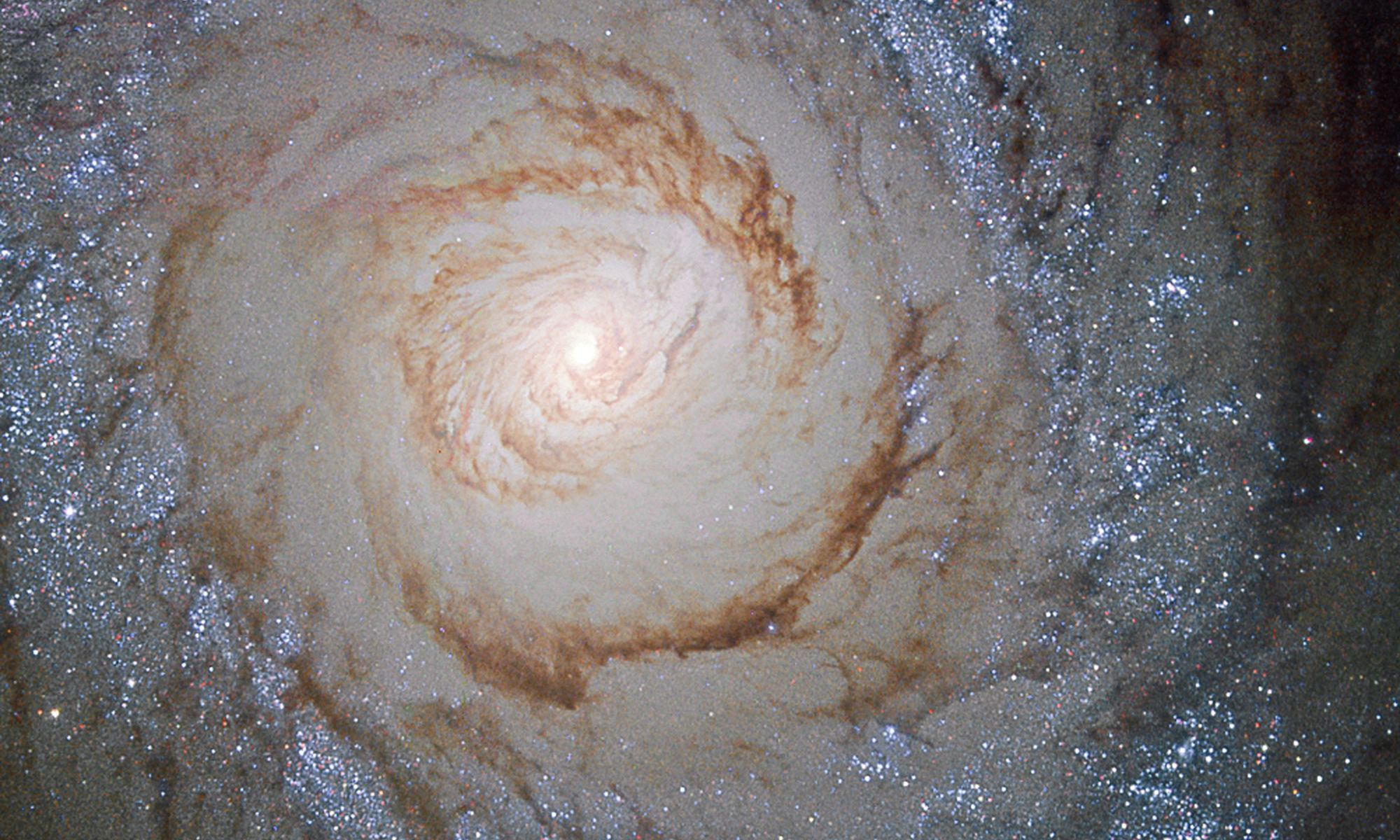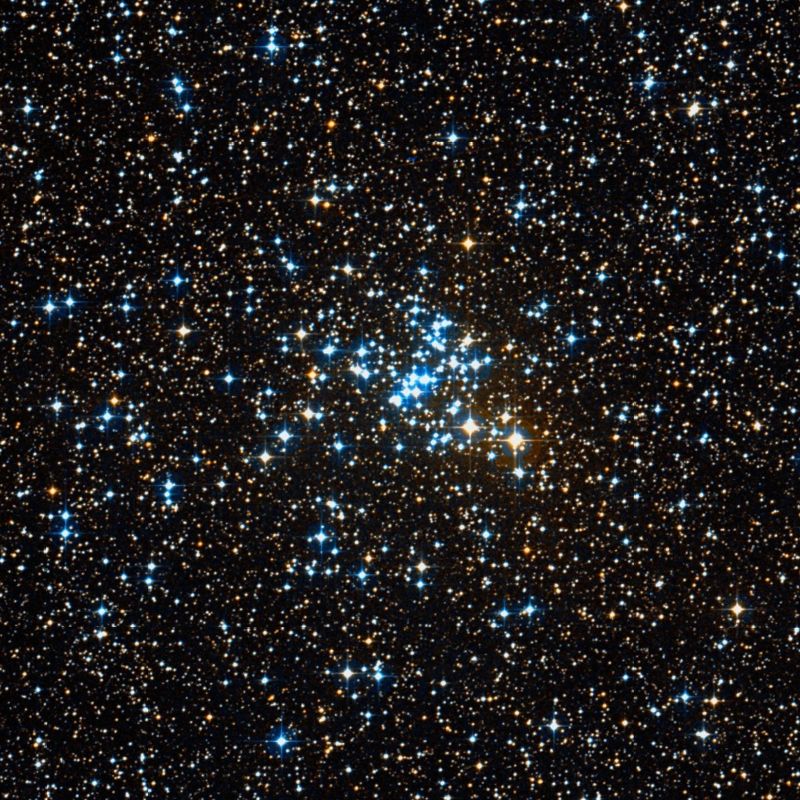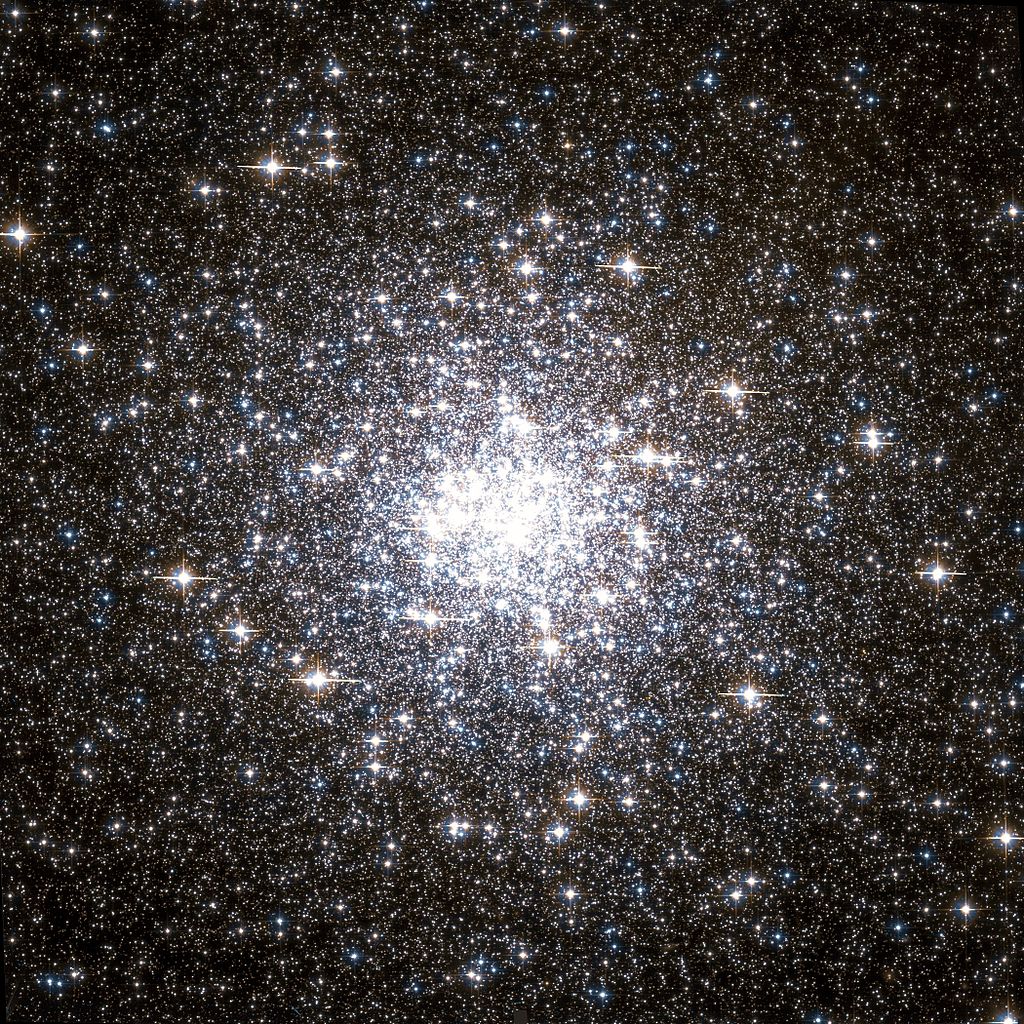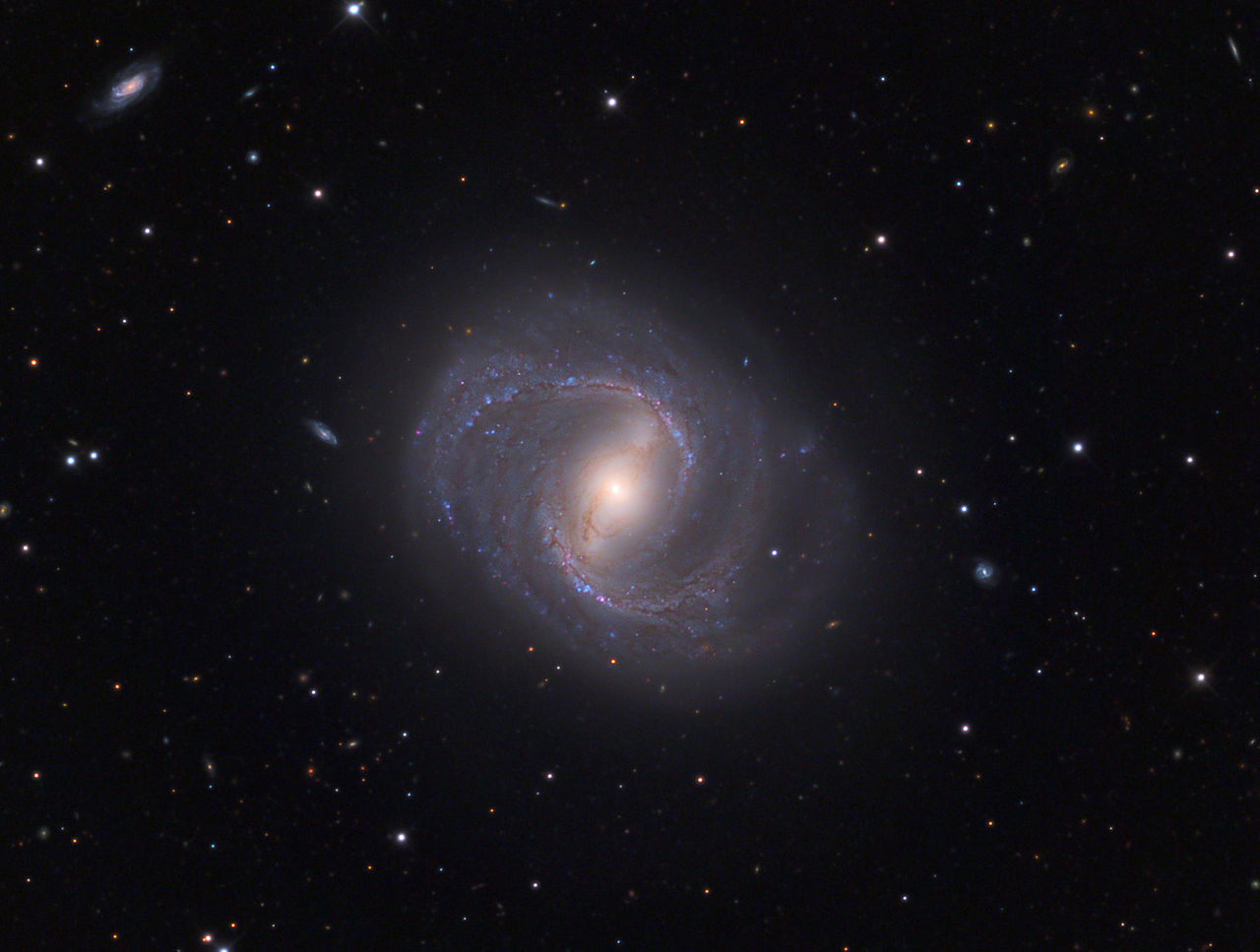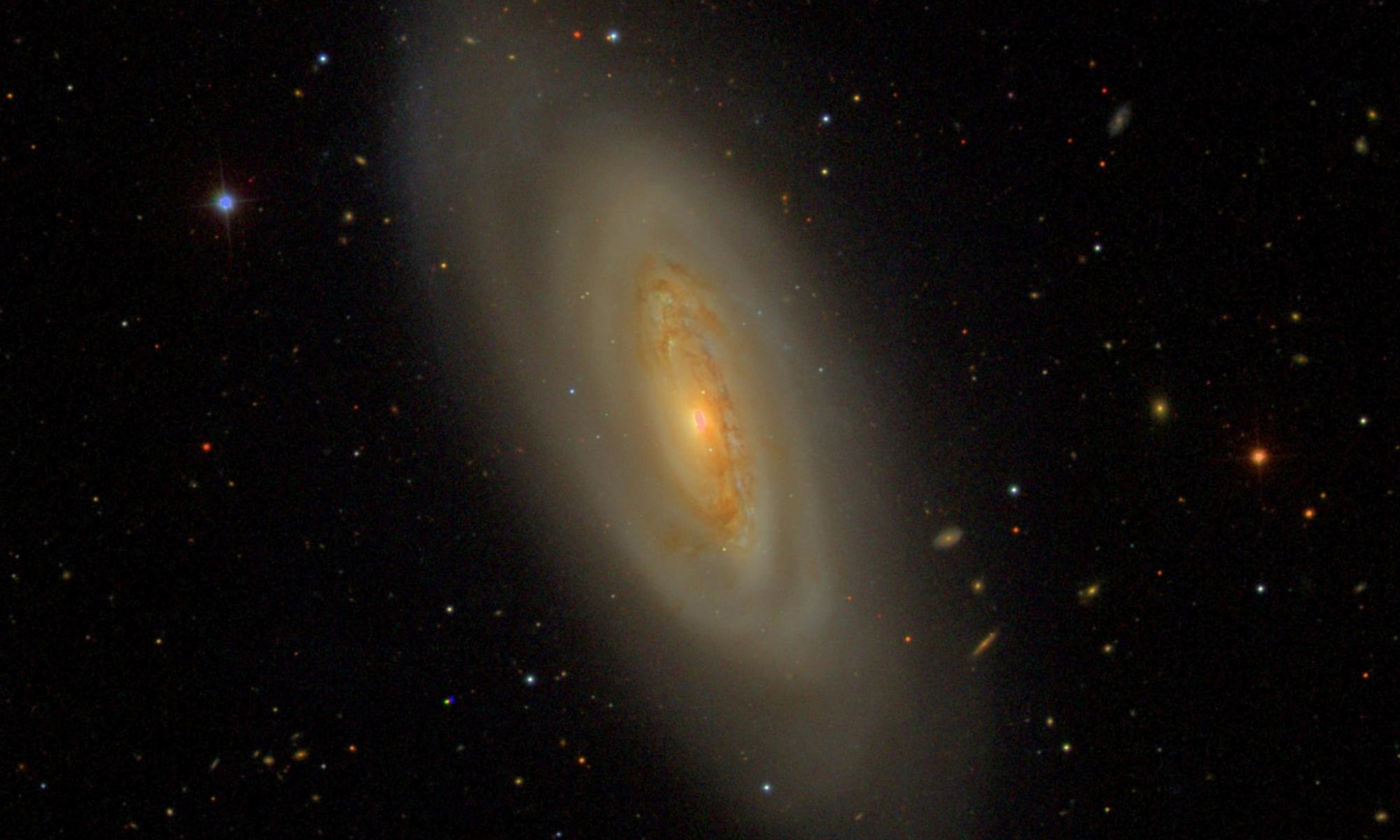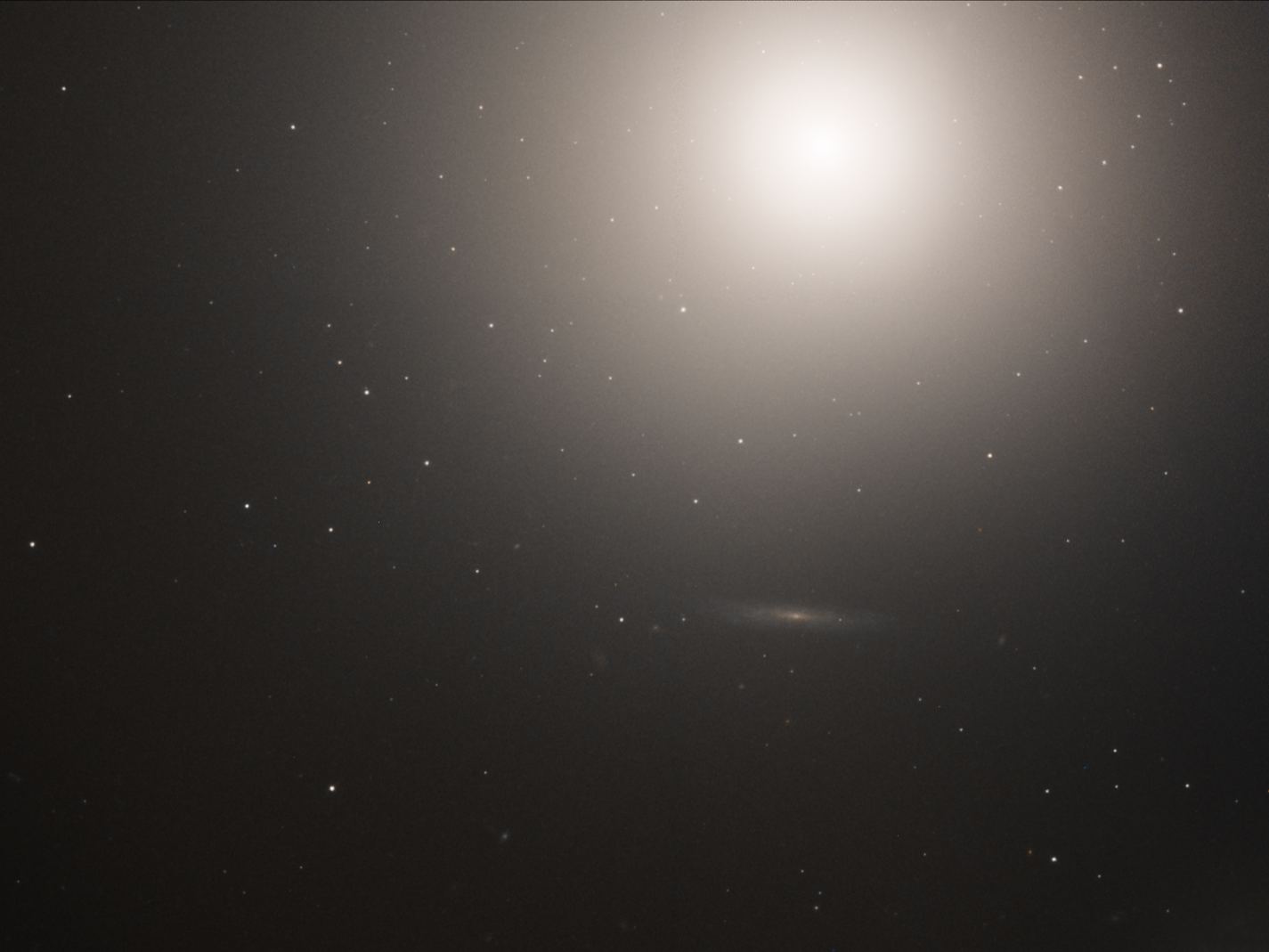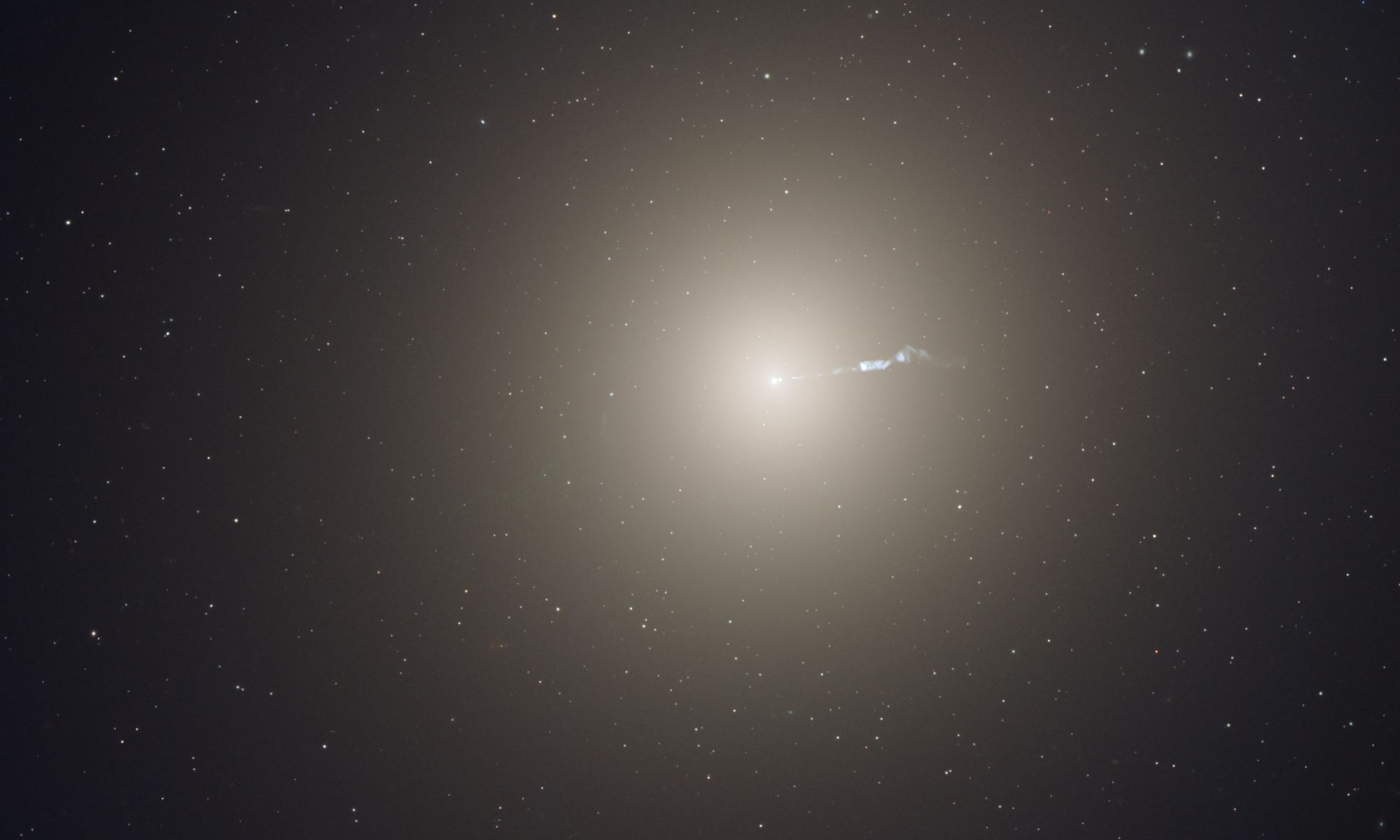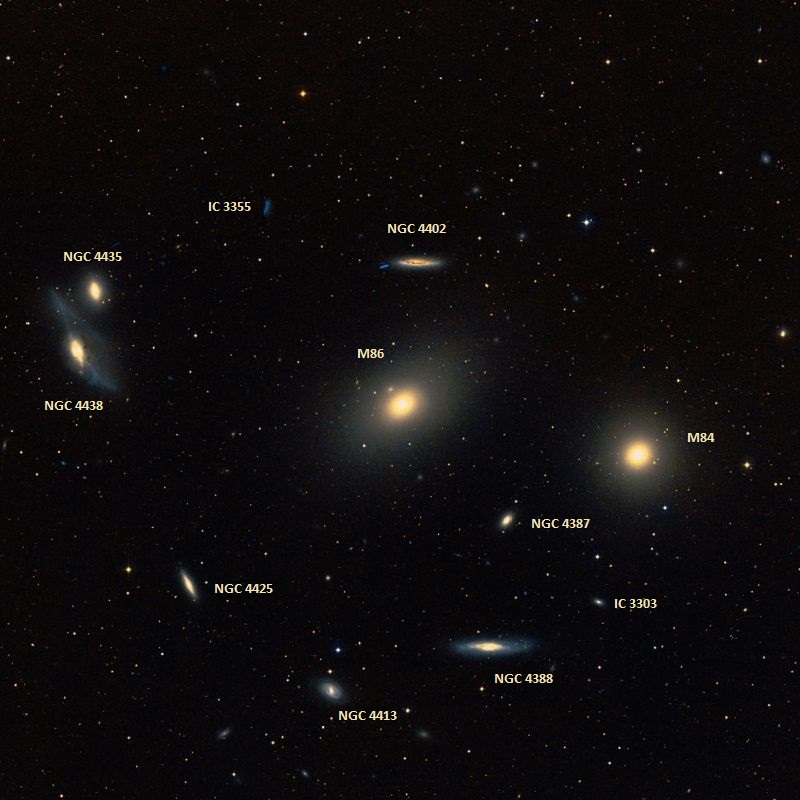Welcome back to Messier Monday! Today, we continue in our tribute to our dear friend, Tammy Plotner, by looking at the barred spiral galaxy known as Messier 95!
During the 18th century, famed French astronomer Charles Messier noticed the presence of several “nebulous objects” while surveying the night sky. Originally mistaking these objects for comets, he began to catalog them so that others would not make the same mistake. Today, the resulting list (known as the Messier Catalog) includes over 100 objects and is one of the most influential catalogs of Deep Space Objects.
One of these objects is Messier 95 (aka. NGC 3351), a barred spiral galaxy located about 33 million light-years away. Measuring over 80,000 light-years, or 24.58 kiloparsecs (kpc) in diameter, this galaxy is one of several that fall into the M96 Group, located in the constellation Leo. This Group consists of between 8 and 24 galaxies in total and three Messier Objects: M95, M96, and M105.
Continue reading “Messier 95 – the NGC 3351 Barred Spiral Galaxy”
